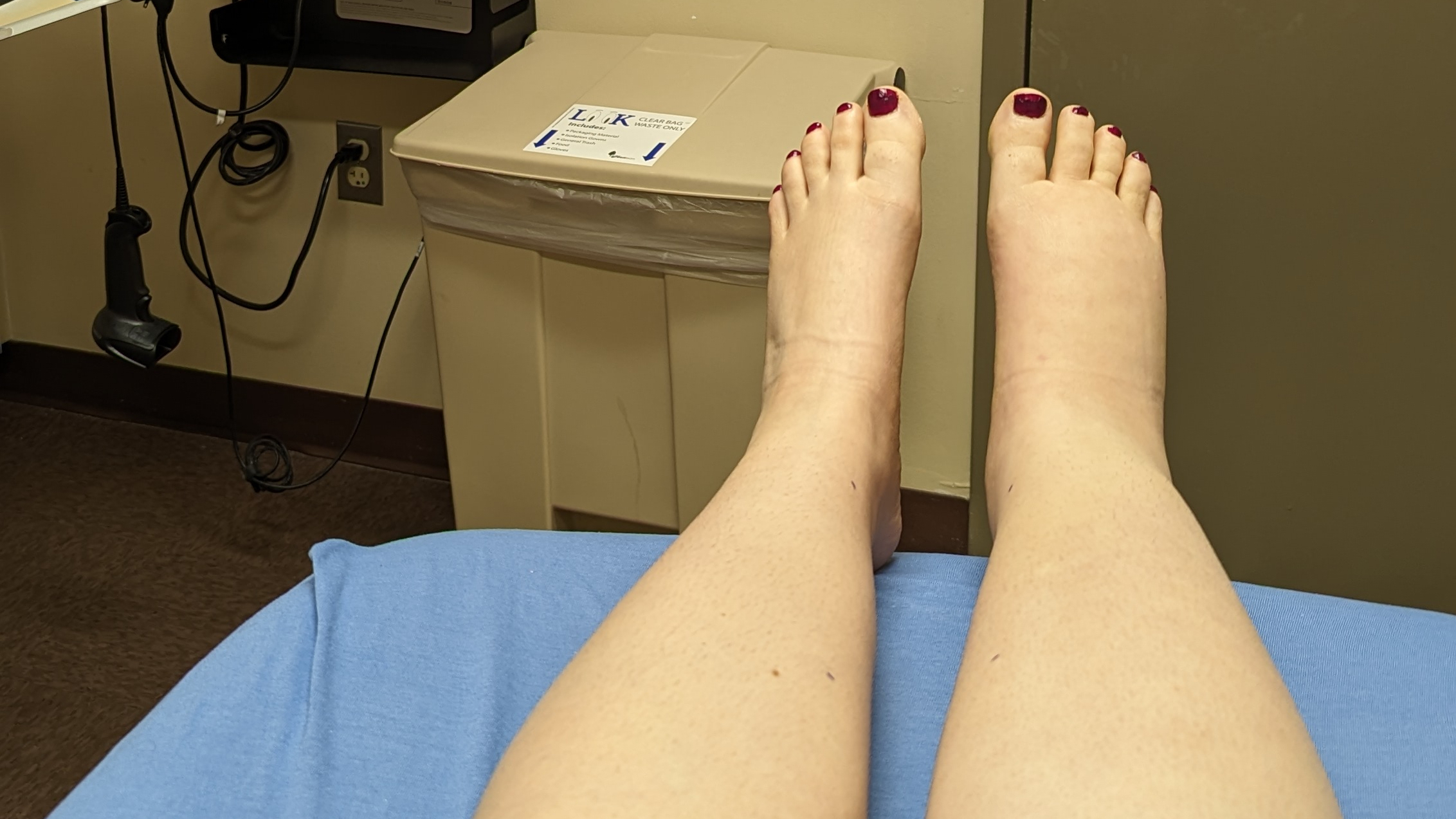Hello, lymphies! I hope you all have had a relaxing and happy holiday season, and are excitedly preparing for the New Year.
Recently, I’ve asked readers to send in ideas for posts and things that they would most like to see discussed, and a majority of you said you’d like to learn about the different types of lymphedema out there. What is the difference between primary and secondary lymphedema? What is cancer-related lymphedema? Where on your body can you become affected? Let’s explore these questions together!
Primary Lymphedema
Primary lymphedema is a congenital abnormality caused by malformations of the lymphatic system, and can be present at birth or may develop later, during puberty or pregnancy. It is most common in the legs, but also may occur in the arms or torso.
Secondary Lymphedema
Secondary lymphedema results from damage to the lymphatic system through traumatic injuries, surgical procedures, infections, etc. The most common cause worldwide is a parasitic infection, where the parasite lodges itself in the lymphatic system, obstructing lymphatic vessels and disrupting lymphatic flow (CancerQuest.org). Secondary lymphedema occurs most commonly in the arms but also can develop in the legs.
(This is the kind I have, from a cast on my leg that was too tight as an infant.)
Cancer-Related Lymphedema
In the United States, nearly all cases of secondary lymphedema are cancer-related. This is due to surgical procedures such as mastectomies, lumpectomies with radiation, and the removal of lymph nodes. Lymphedema is frequently associated with breast cancer, prostate cancer, pelvic area cancers, lymphoma, and melanoma, with breast cancer being the most common cause of cancer-related lymphedema.
From CancerQuest.org:
Because the lymphatic system is found throughout the body and carries fluid and cells, it can serve as a ‘highway’ for cancer cells migrating away from a tumor. When a tumor is removed, lymph nodes in the region are often removed as well, and examined for the presence of tumor cells. For many cancers, this is a routine part of the staging and treatment process. Radiation therapy used in treating cancer is often aimed at the lymph nodes in an effort to destroy any cancer cells that have drifted away from the tumor. These treatments can damage the lymphatic system resulting in the collection of lymphatic fluid in body tissues and results in swelling of the arms, legs, or trunk.
Where does lymphedema occur?
Lymphedema most commonly occurs in one arm or leg, but it can be present in both arms and/or both legs. It can also occur in the hands, feet, chest, back, neck, face, abdomen, and genitals.

For more information, check out Lymphedema People, which has a large list of different types of lymphedema as well as different disorders and diseases that are associated with lymphedema.
What type of lymphedema do you have? When were you diagnosed? If you feel comfortable sharing, please consider contributing your story in the comments section below.




Leave a Reply